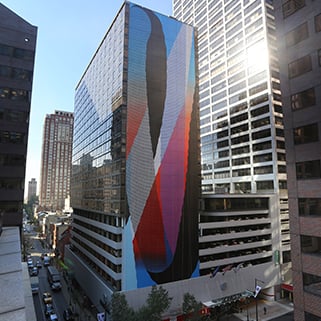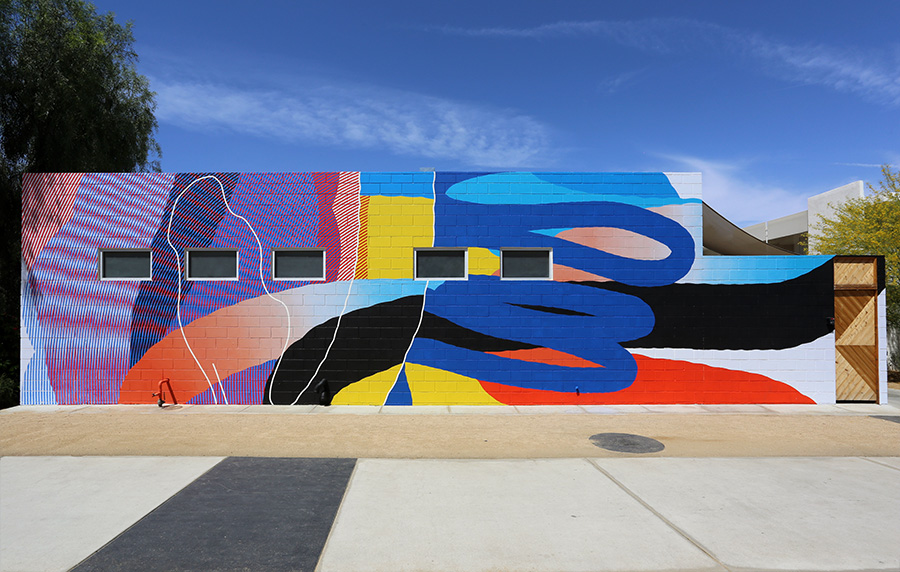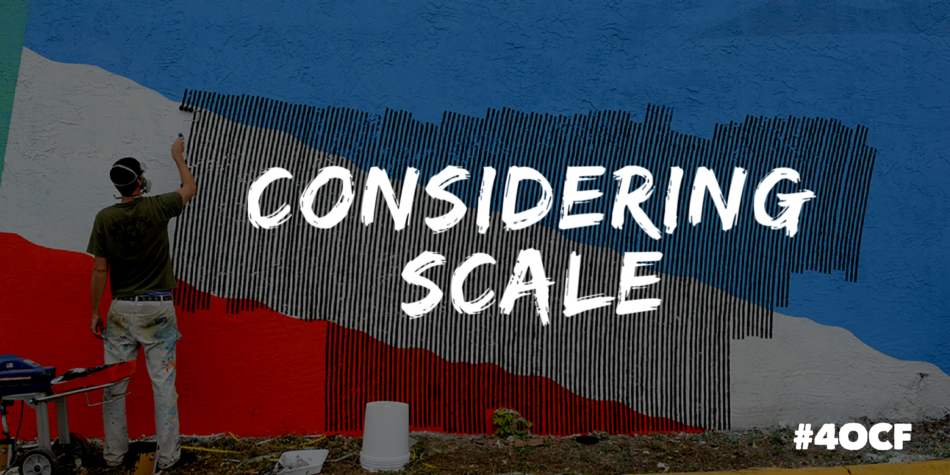My friend Dave is an artist. He goes by the name MOMO. He paints murals that are quite large. In Philadelphia, for instance, he has a mural that is nearly 25 stories tall. I’ve had the pleasure to work with him on a few of his murals-nothing as large as the Philadelphia mural but large nonetheless.

Dave had to learn to work this large. He’s developed all kinds of tricks and techniques that help him design and produce work of this scale. Furthermore, he’s had to develop an ability to change these techniques because he paints on so many different surfaces under so many different circumstances.
It’s pretty remarkable to watch Dave work especially to watch him adapt to the unexpected roadblocks that pop up. What makes his ability to adapt even more remarkable is that his projects usually have strict deadlines so these changes not only have to be made on the fly but often add numerous hours of work. It’s not uncommon for Dave and his assistants to work consecutive sixteen hour days.

Most artists work at a particular scale. Some writers are poets, some are novelists, some writers write whole series. Regardless of the medium, all artists have to learn to scale their work. Our students do to. Not every artist, even if a professional artist, would be able to work well at Dave’s scale. Like artists, our students don’t all work well at every scale. It’s important that when we assign projects to our students we are conscious of the scale and how that affects their performance. Some students are poets, some are novelists, and some write whole series. If we are scaling up the work, we have to be sure that the students are developing their practices and skills that will help them to get the job done. It’s also important to remember that every artist, even if professional, can’t be a muralist like MOMO.
Trevor (@trevorabryan)


